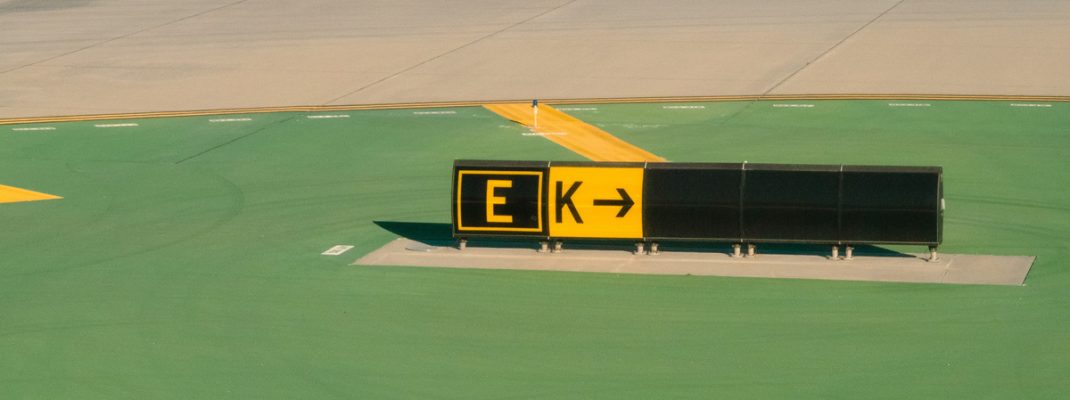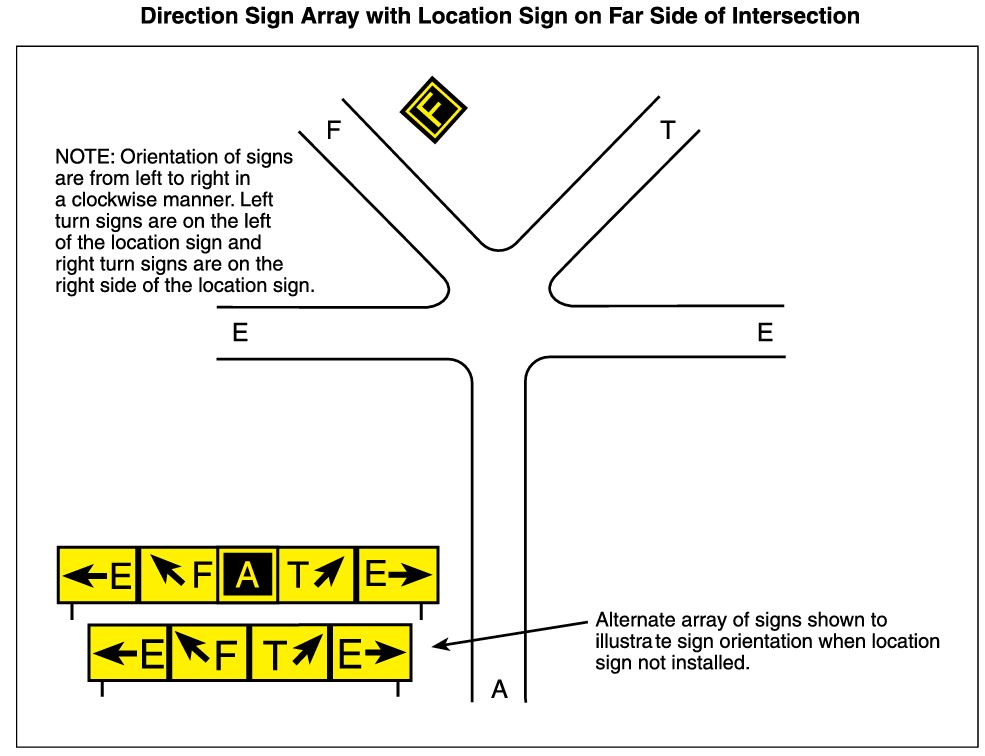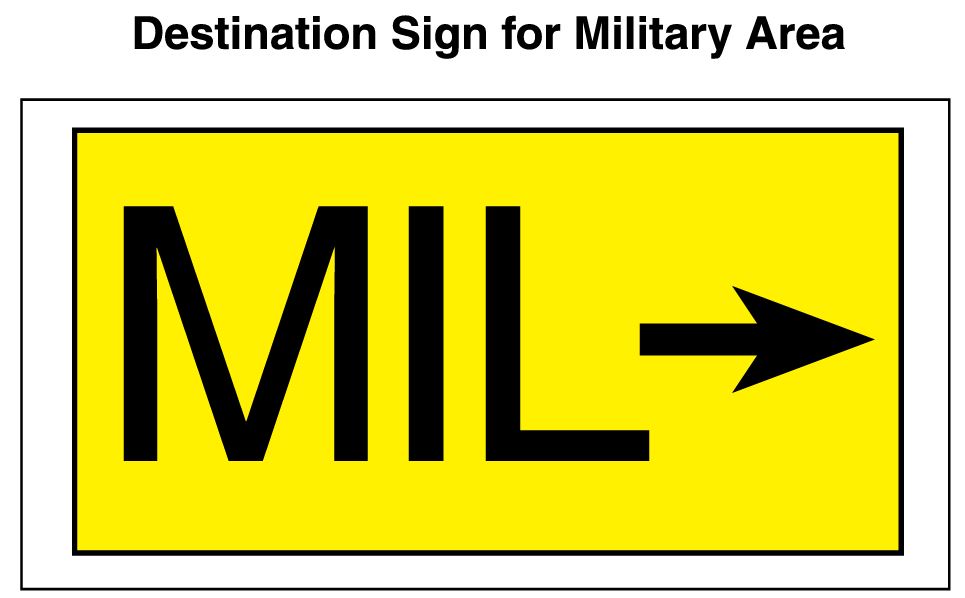Airport signage is an extremely important concept that all pilots will need to have a thorough understanding of prior to earning any pilot certificate, whether it’s Private Pilot, Sport Pilot, or even a Remote Pilot Certificate.
Right of the bat you should take note that as an airport layout grows in complexity so will the signage associated with that airport. For example an airport with multiple runways will consist of a lot more signage then say an airport with one small runway. The reason being is more runways will require more taxiways and the greater likelihood for a runway or ground based incursion to occur. A pilot will need to pay a lot more attention at signage when operating at complex airports. In addition you will often see different types of signage at a Part 139 airport conducting commercial operations then you might at a small rural airport with no commercial operations.
There are six types of signs that may be found at airports.
Mandatory instruction signs—red background with white inscription. These signs denote an entrance to a runway, critical area, or prohibited area.
Location signs—black with yellow inscription and a yellow border, no arrows. They are used to identify a taxiway or runway location, to identify the boundary of the runway, or identify an instrument landing system (ILS) critical area.
Direction signs—yellow background with black inscription. The inscription identifies the designation of the intersecting taxiway(s) leading out of an intersection.
Destination signs—yellow background with black inscription and arrows. These signs provide information on locating areas, such as runways, terminals, cargo areas, and civil aviation areas.
Information signs—yellow background with black inscription. These signs are used to provide the pilot with information on areas that cannot be seen from the control tower, applicable radio frequencies, and noise abatement procedures. The airport operator determines the need, size, and location of these signs.
Runway distance remaining signs—black background with white numbers. The numbers indicate the distance of the remaining runway in thousands of feet.
The image below are further examples along with their action or purpose of the six types of airport signage discussed above. For further information on airport signage you can refer to the Aeronautical Information Manual (AIM) 2-3-7 or the Pilots Handbook of Aeronautical Knowledge, Chapter 14 Airport Operations.












